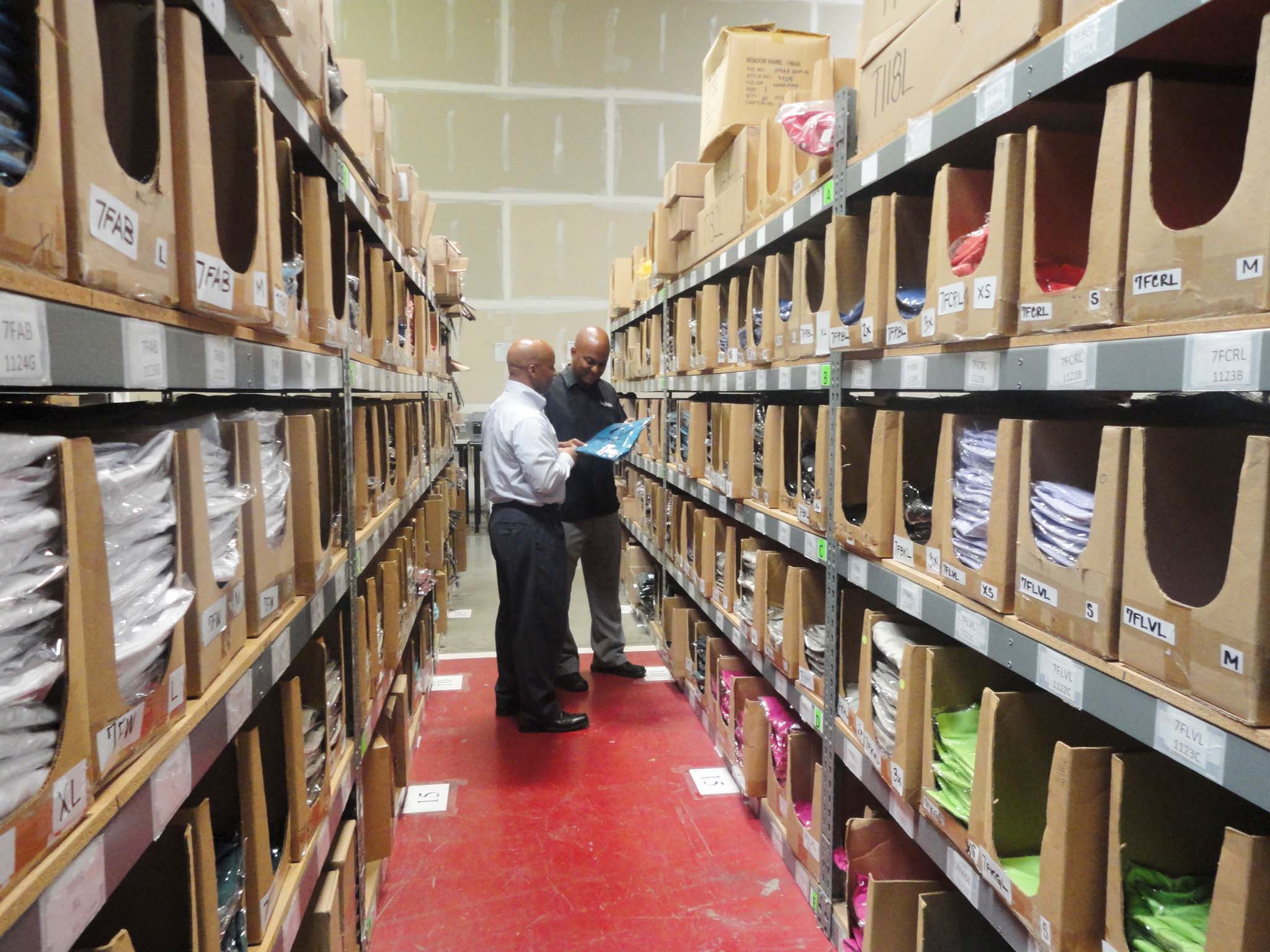Almost every business in the world relies on digital technology, making secure data management, storage, and recovery solutions essential. As president and CEO of California-based Overland Storage, Eric Kelly is in the middle of it. His company offers enterprises across the globe just such solutions. Kelly took the time to chat with Profile about this ever-evolving industry—and his company’s role within it.
Your strategy is to provide end-to-end data management. What does that mean?
Different companies have different data needs. Some want or have legal requirements to archive their data, and we offer products that do that. But we also have products that offer real-time access to digital images, video, e-mail, and important documents that your business uses every day. So we cover the entire life cycle of data, from creation to retention and even destruction.
Who do you serve?
We say the mid-tier market, but defining that isn’t intuitive. For example, every one of the pharmacies at a national big-box retailer has one of our SnapServer NAS products to protect its data. At a certain time each day, our product sends critical patient information from the pharmacy back to the data center at the company’s headquarters, so that patient information can be protected. There are strict laws that govern how patient data is protected and stored, and we help businesses around the world manage that process. So when defining our market, I tend to focus on what the customer looks like. Sometimes it has large enterprise requirements, but may have limited IT resources in remote locations.
How have Overland Storage’s products changed over the years?
When the company was founded, in 1980, it was really a tape-library company; that was the leading-edge technology back then. While we’ve always been in business to protect valuable business data, we’ve evolved as information has moved closer to organizations and the people that create the data.
How so, exactly?
Think about the evolution of the IT industry. IBM started making mainframes. Then, companies such as Digital Equipment, Compaq, and Hewlett-Packard started making servers and distributing data throughout organizations. Then we saw another wave of change, with the advent of personal desktop computers, and, later, laptops. The PDA was one of the final steps. Those devices have unbelievable power and can create massive amounts of data. Someone has to ensure that you can manage, store, and protect the information that is created.
Is cloud computing the latest trend?
The cloud has been evolving over the past five decades. I remember in the 1980s they called it time-sharing. Companies were able to utilize applications on remote computers and only pay for the time they used. Then you had application service providers, and now we refer to it as the cloud. But even that’s evolving. The public cloud, like Google and Yahoo!, is where data is distributed throughout their infrastructure and users have limited control where the data physically resides. Now the focus is moving toward the private cloud, where you know where your data is stored, and you are able to have specific service and support levels that will meet your information-technology objectives. I think the cloud will have to continue to evolve by giving companies the ability to control where their data resides and adhere to strict confidentially and service-level agreements to ensure that data can be protected, accessed, and retrieved to meet the specific demands of each business.
How do you keep on top of all of these changes?
It’s a combination of three things. First, we stay very close to our customers, so we understand not only what they’re doing today, but what their business goals are over time. Second, we stay tuned to changes in core technology and how they affect and can improve data storage. Third, we select the right strategic partners, so we can offer our customers and partners a complete solution. Ultimately, our goal is to assist our customers in putting an infrastructure in place that safely protects their critical business information and digital assets, and I’m proud to say we’ve been doing that successfully for 30 years.

